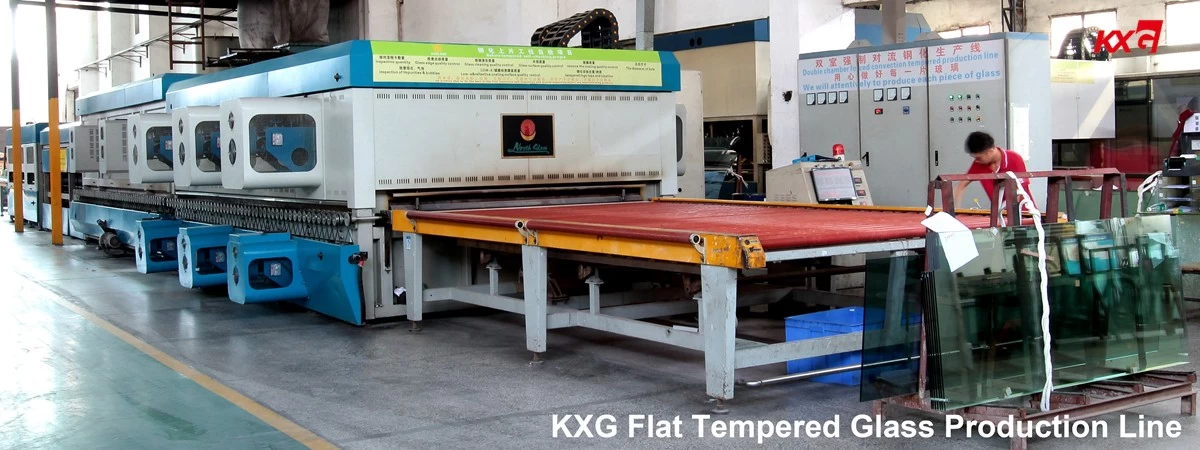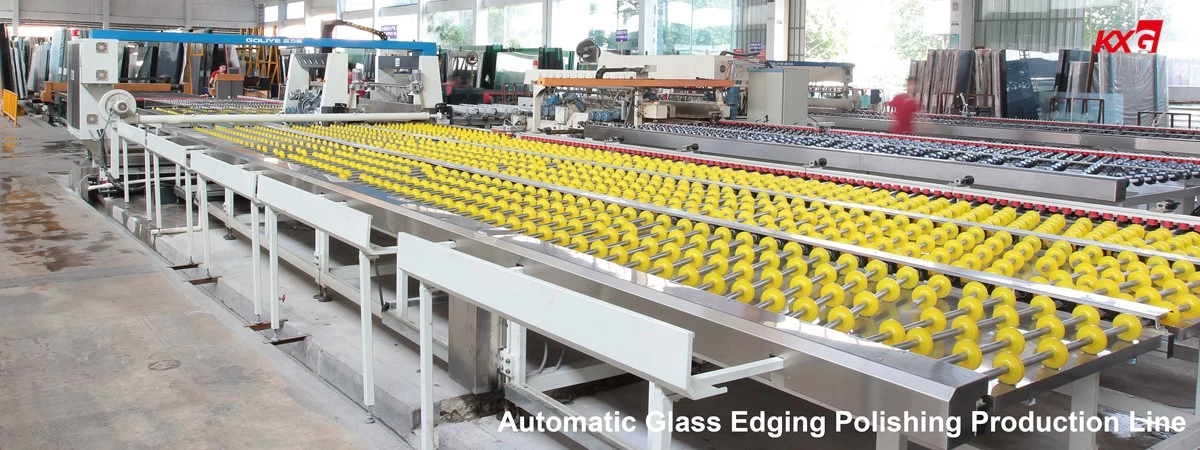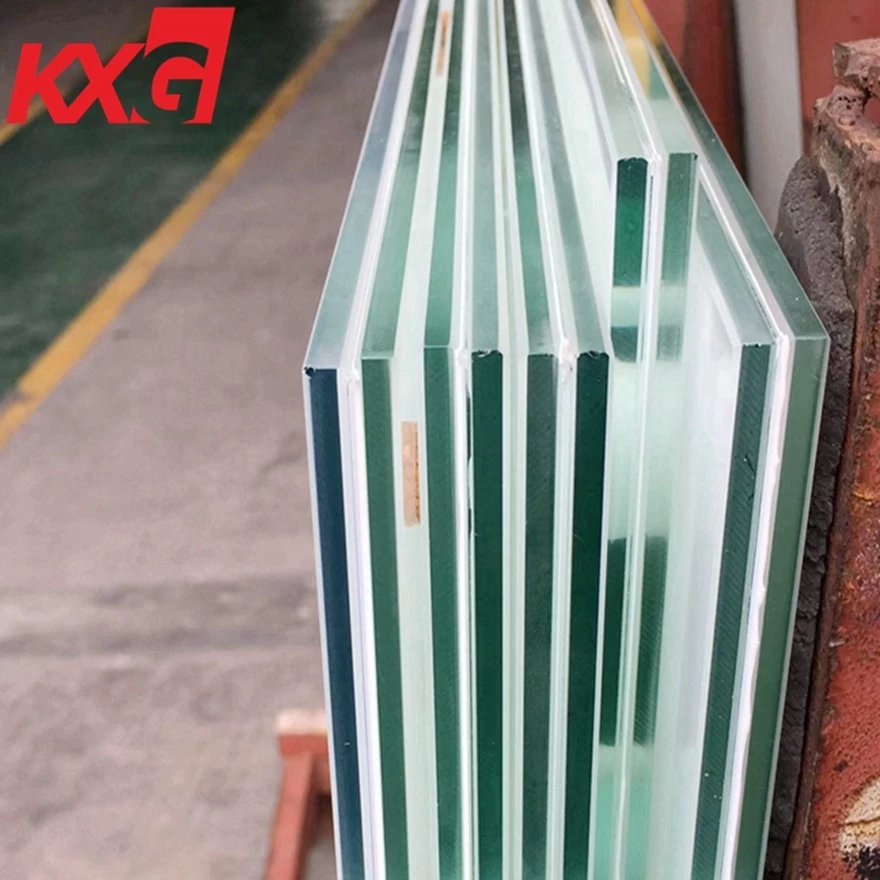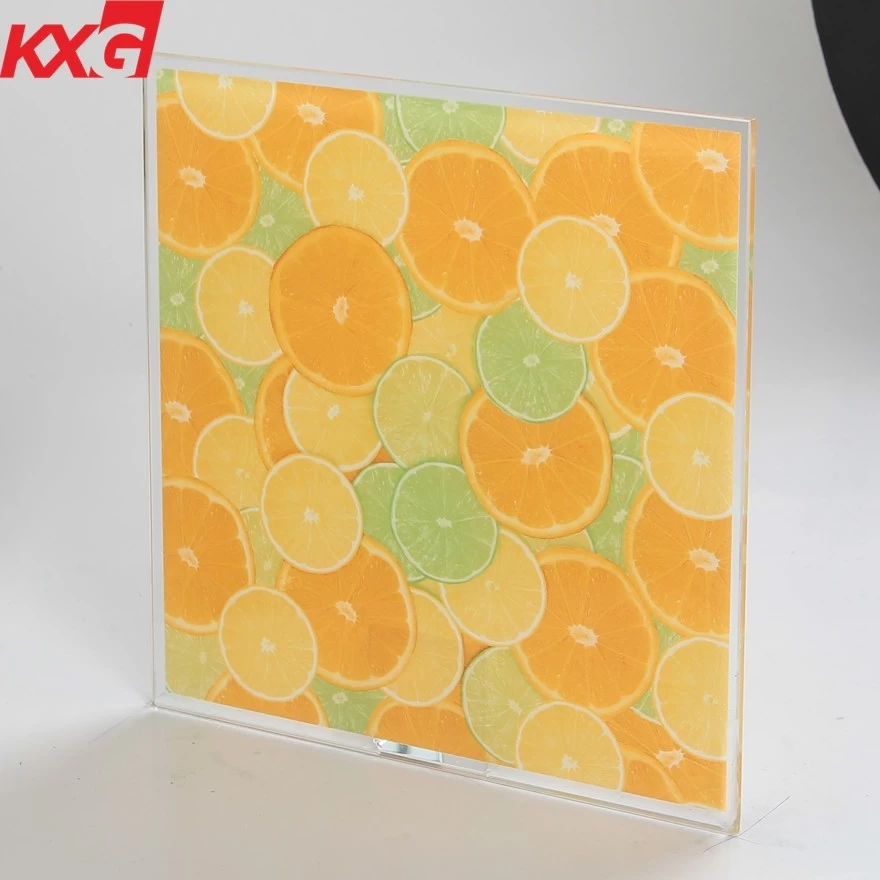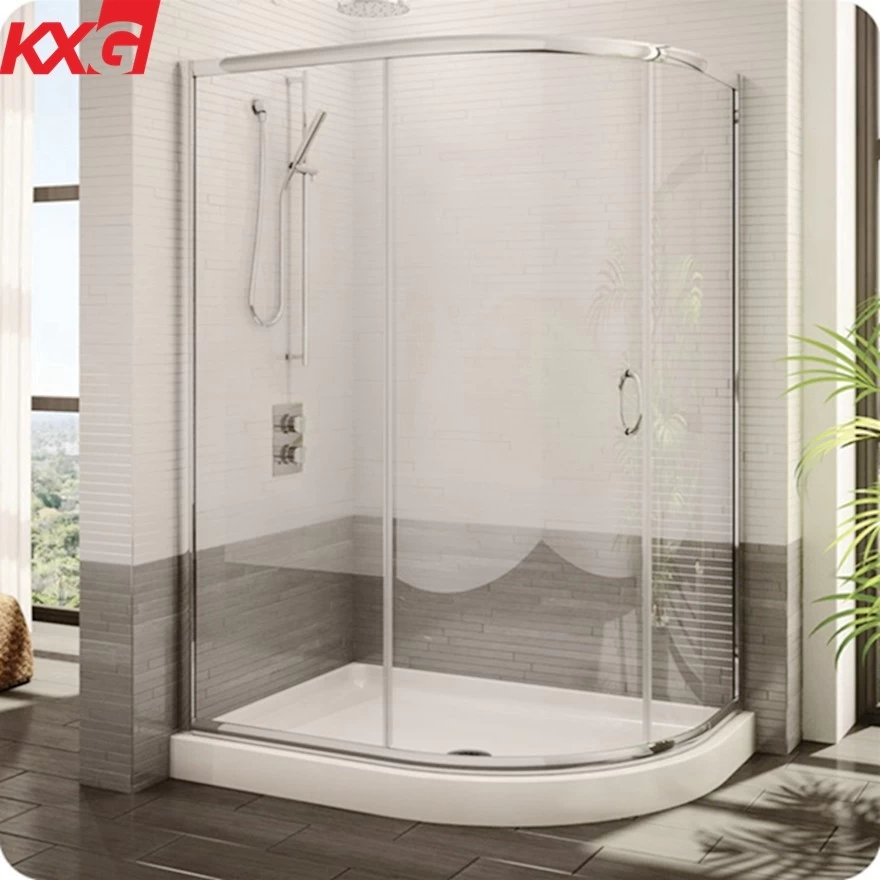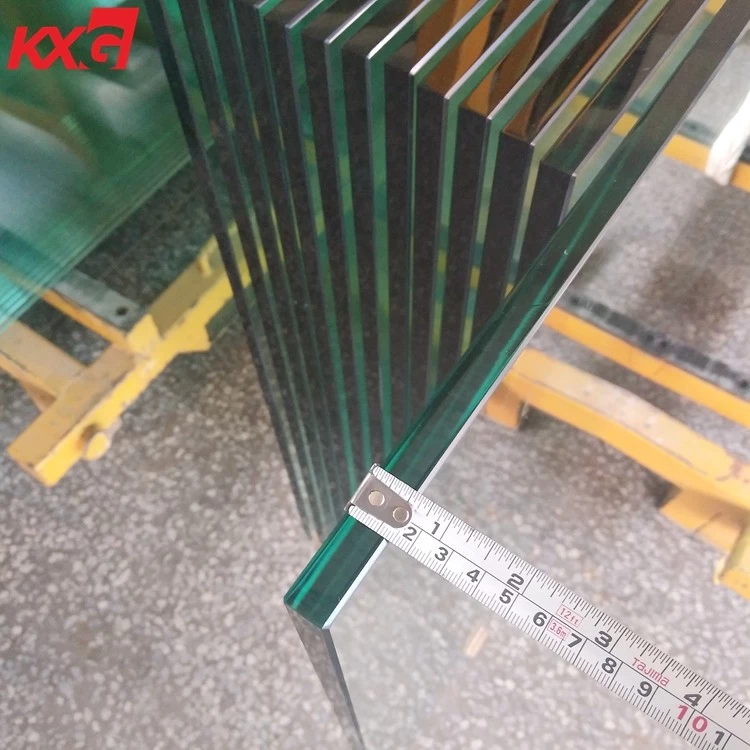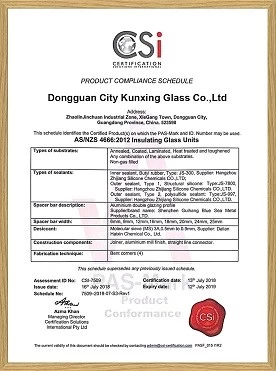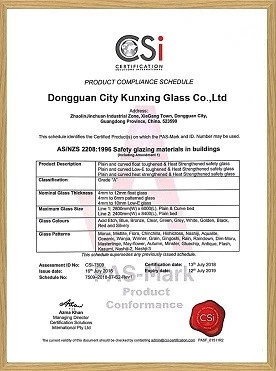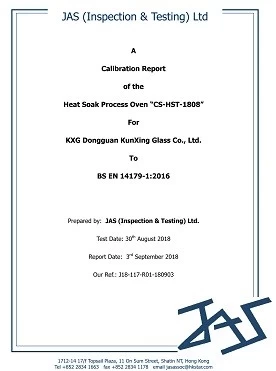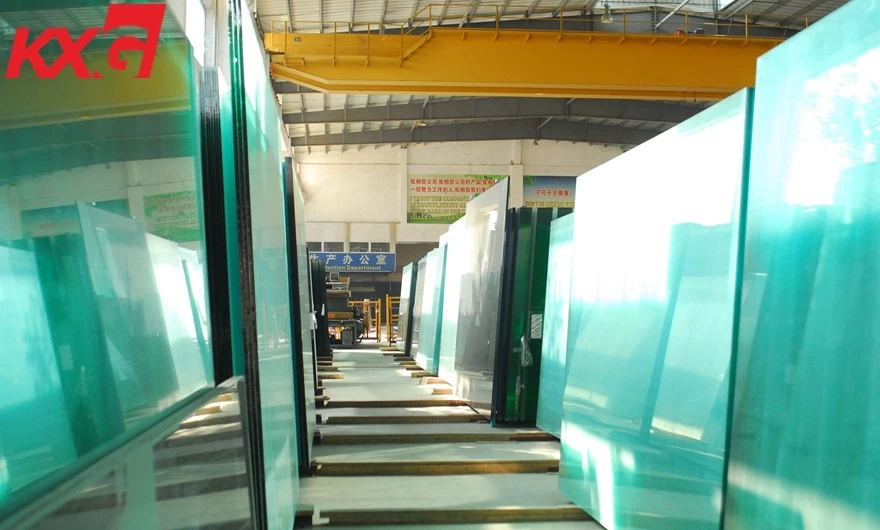History of glass
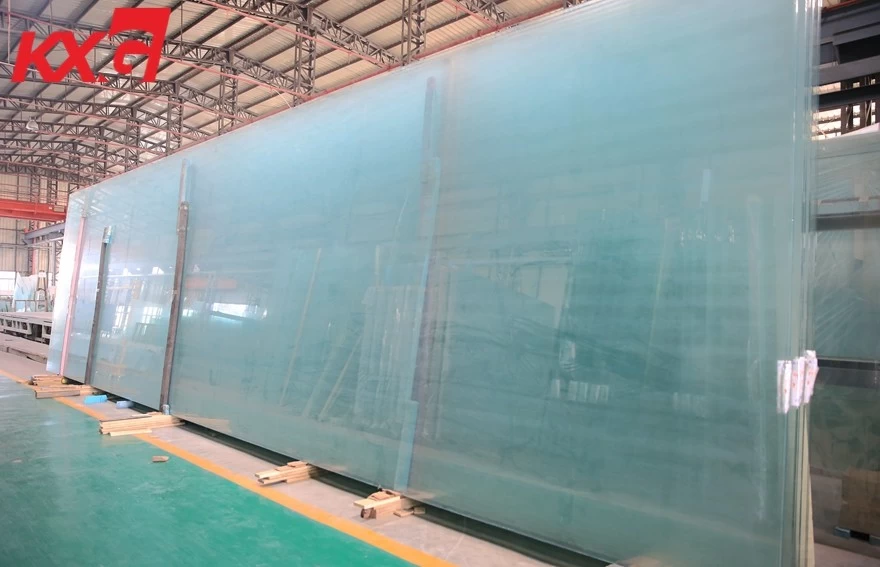
More than 3,000 years ago, a European Phoenician merchant ship was loaded with crystal mineral "natural soda" and sailed on the Beruth River on the Mediterranean coast. The merchant ship was stranded due to the tide of the sea. The crew then boarded the beach. Some crew members also carried a large pot, moved firewood, and used several "natural soda" as a scoop for the cauldron to cook on the beach.
After the crew had finished eating, the tide began to rise. They were preparing to clean up and board the ship and continue to sail. Suddenly someone shouted: "there are some bright, glittering things on the sand below the pot!" The crew brought these flashing things to Study it on the boat. They found that these sparkling things have some quartz sand and melted natural soda.
It turned out that these glittering things are the natural soda that they used to make the pots when cooking, and the crystals produced by the chemical reaction with the quartz sand on the beach under the action of flames. This is the earliest glass. Later, the Phoenicians combined the quartz sand with the natural soda and then melted it with a special stove to make a glass ball, which made the Phoenicians make a fortune.
Around the 4th century, the Romans began applying glass to doors and windows. By 1291, Italy's glass manufacturing technology was very developed. “Our glass manufacturing technology must never leak out, bringing all the craftsmen who make the glass together to produce glass!” In this way, Italian glass craftsmen were sent to an isolated island to produce glass for a lifetime. It is not allowed to leave this island.
In 1688, a man named Naf invented the process of making large pieces of glass. Since then, glass has become an ordinary item.
The glass we use today is made of quartz sand, soda ash, feldspar and limestone at high temperatures.
A non-crystalline solid material obtained by gradually increasing the viscosity of the melt during cooling. Slightly brittle and transparent. There are quartz glass, silicate glass, soda lime glass, fluoride glass and the like. Usually referred to as silicate glass, quartz sand, soda ash, feldspar and limestone as raw materials, after mixing, high temperature melting, homogenization, processing and forming, and then obtained by annealing. Widely used in construction, daily use, medical, chemical, electronic, instrumentation, nuclear engineering and other fields.



